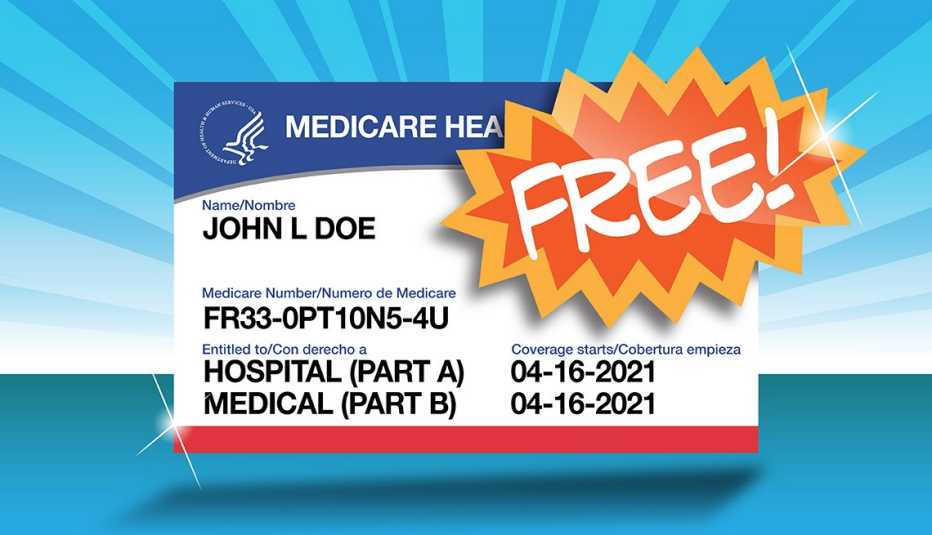 As we kick off another year, the landscape of healthcare continues to evolve, bringing with it an array of potential plans and coverages to consider. For those 65 and older or younger individuals with certain disabilities, Medicare, the cornerstone of the U.S. healthcare system, is both a source of relief and often, confusion. Let’s delve into an overview of the flavors of Compare Plans for 2025, empowering you to navigate your healthcare journey with confidence.
As we kick off another year, the landscape of healthcare continues to evolve, bringing with it an array of potential plans and coverages to consider. For those 65 and older or younger individuals with certain disabilities, Medicare, the cornerstone of the U.S. healthcare system, is both a source of relief and often, confusion. Let’s delve into an overview of the flavors of Compare Plans for 2025, empowering you to navigate your healthcare journey with confidence.
The Medicare Alphabet Soup: What It Means for You
Understanding Medicare begins with knowing the alphabet – Parts A, B, C, and D – each letter representing a different aspect of healthcare coverage.
Part A: Hospital Insurance
Medicare Part A predominantly covers inpatient hospital stays, care in a skilled nursing facility, hospice care, and some home health care services. For many beneficiaries, Part A comes with no monthly premium if they or their spouse have paid Medicare taxes while working.
Part B: Medical Insurance
Medicare Part B tackles doctor visits, outpatient care, and some preventive services. It also includes medical equipment and healthcare provider services. Unlike Part A, Part B requires a monthly premium payment, based on your income, and may include a yearly deductible.
Part C: Medicare Advantage Plans
Medicare Part C, commonly known as Medicare Advantage, is an all-in-one alternative to Original Medicare (Parts A and B) provided by private insurance companies. These plans include all the coverage of Medicare Parts A and B, and they often include prescription drug coverage (Part D) as well as additional benefits like vision, hearing, dental, and fitness programs. Each Medicare Advantage Plan can charge different out-of-pocket costs and have different rules for how you get services.
Part D: Prescription Drug Coverage
Medicare Part D is a prescription drug coverage that can help lower your prescription drug expenses and help you protect against higher costs in the future. Like Part B, Part D is provided through private insurance companies approved by Medicare.
Selecting the right mix is crucial for individuals, and consulting with a Medicare expert can ensure you’re not leaving any critical aspects of your health uncovered.
The ‘Medigap’: Filling in the Gaps with Supplement Plans
Though comprehensive, Original Medicare doesn’t pay for all healthcare services and supplies. That’s where “Medigap” comes in, also referred to as Medicare Supplement Insurance, designed to help pay for some of the healthcare costs that Original Medicare doesn’t cover, like copayments, coinsurance, and deductibles.
Medigap policies are sold by private insurance companies and are standardized, with each plan offering different levels of coverage, labeled A through N. They generally do not cover long-term care, vision or dental care, hearing aids, eye examinations related to prescribing glasses, or private-duty nursing.
The Ingredients of Choice: Factors to Consider When Choosing a Plan
When it comes to selecting your Medicare plan, the choice isn’t one-size-fits-all. Several personal factors and preferences should influence your decision-making:
Understand Your Health Needs
By taking stock of your current health conditions, prescription medications, and expectations for future care, you can align your coverage to exactly what you’ll likely require.
Doctor and Hospital Choice
If you have providers you prefer, ensuring they’re in-network is essential to avoid hefty out-of-pocket costs.
Cost Considerations
Beyond premiums, evaluate deductibles, copayments, and coinsurance to gauge the true expense of each plan.
Lifestyle and Supplementary Services
Assess if certain additional benefits like vision or dental may be worth it, given your lifestyle and needs.
Travel and International Coverage
For jet-setters or those with international medical needs, understanding a plan’s coverage area is crucial.
Evolving with Your Health: Revisiting Your Medicare Plan Annually
The plan that suits you in 2025 may not be the most advantageous choice in subsequent years. Just as health changes, so do the available plans and their details. Medicare’s Open Enrollment period (October 15 – December 7) each year offers a window to adjust your coverage, ensuring it adapts alongside your health and lifestyle.
Conclusion: A Spectrum of Possibilities
Navigating the world of Medicare can feel like a daunting task, but with the right information, you can approach it as an opportunity to craft a healthcare plan that resonates with your individual needs. Take the time to consider each option, weigh their benefits against your circumstances, and remember, you have the power to customize your coverage in a way that can lead to a healthier, more secure future. Engage with Medicare resources, consult with professionals, and make informed choices – after all, your health is the most important asset you have.










